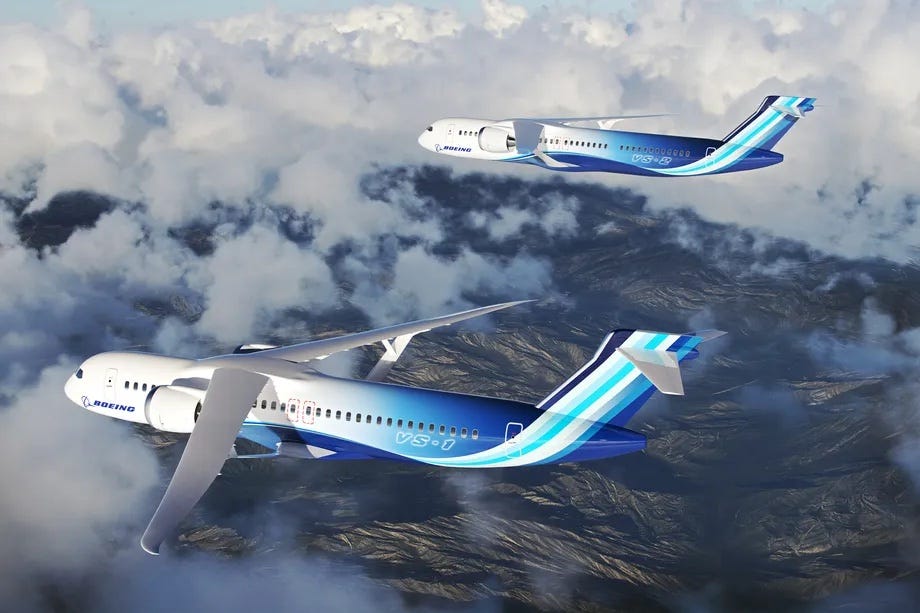Brands behaving badly
Brands that don’t care enough, if at all
Vote for the worst company of 2022
Photo by Manny Becerra on Unsplash
Regular readers will know that I set-up a subscription late last year for the ethical consumer.
This week, they asked me to vote for one of the 10 shortlisted companies who disappointed us the most in 2022. Let me know where you’d like me to place my cross. I have three votes.
1. Amazon
A big tax avoider in the UK, channelling cash through Luxembourg. The British government could do something about that though. A bigger crime are their on-going attempts to prevent workers joining a union.
2. Barclays
More UK current accounts than any other bank. They’re the bigest fossil fuel financier in the UK and Europe and like investing in weapons manufacture. Isn’t this more of an indictment of the British public. Changing banks is easy.
3. Boohoo
Fast fashionista with its web site often listing 100 new products every day. Another tax avoider that underpays workers, has inadequate supply chain policies and lacks adequate animal welfare and testing policies.
4. Coca-cola
Another tax avoider which doesn’t play fair with the trade unions. Its palm oil policy is poor and it’s the number one plastics polluter in the world.
5. Exxon Mobil
Everything I ever read about this company is bad. Of the 12 largest oil companies, they’re 4th for spending plans for new oil and gas exploitation. Greenpeace have identified them as one of the biggest flaring culprits, burning off or venting natural gas and methane into the atmosphere.
6. HSBC
Another wayward investor, preferring companies linked to deforestation, fossil fuels, arms & military supply, nuclear weapons and the Myanmar military. They also have the worst gender pay gap of any UK bank?
7. Nestle
Tax avoidance specialism seems to be a skill that companies on this list like. Nestle is another one. They’re not great on other ethical considerations. But let’s focus on their aggressive marketing of baby foods in breach of international marketing standards. Contributing to the unnecessary death and suffering of infants puts them firmly in the frame.
8. Shein
I had to look them up. Another fast fashion outfit. This company could best be described as taking the ostrich approach to climate change. Has it gone away yet? They love toxic chemicals in their manufacturing process, source minerals for their electronics range from armed conflict and human rights abuse countries.
9. Shell
Only this week I read that Shell have been buying petrochemical products via a backdoor Turkish refinery, which is awash with Russian oil. Shell currently spends 3-5% of its investments on renewables and is nowhere near the 4-6 billion dollar target intended for green energy projects.
10. Tesco
Every little might help but the biggest UK supermarket chain isn’t doing enough. They continue to sell factory-farmed meat and non free-range eggs. A price point which they’d argue is maintained for the benefit of their customers. Along with the other supermarket groups, one of their suppliers was caught using slave labour, following a three-year police investigation.
Green discovery
Something green enough to generate hope rather than carbon
The last brand new Jumbo, (747)
Courtesy of Boeing
I was surprised to read that the last Boeing 747 was delivered to Atlas Air recently. That’s an extraordinary timespan. The first plane off the production line was delivered to Pan Am in 1970. That’s half a century of change including the end of that once famous airline.
Atlas is a US operator. While they charter passengers around the world, their core business is freight including plenty of Amazon’s parcels. It’s sad to think that the gas guzzling, albeit improved efficiency of Atlases latest delivery, compared to earlier models, still has a life expectancy of about 30 years.
Orders had been dropping for the so-called Queen of the skies, airlines preferring smaller, more fuel efficient planes.
It might explain Boeing’s other recent announcement; a new partnership with NASA to develop the Sustainable Flight Demonstrator, a plane that promises to dramatically cut fuel consumption for commercial aircraft.
NASA has a close allegiance with flight and the need for airlines to continually improve safety, efficiency and environmental friendliness. The fact that its brief includes pressing matters on earth as well as off is reassuring. I’m not sure who else is investing heavily on how to keep the world flying without the carbon legacy attached.
They’re trying to solve the all to familiar problem of everyone wanting the freedom to fly (assuming your rich) as often as we’d like. Surely the clever scientists can sort out the annoying problem of planet damage?
As I said in this earlier article, Aviation’s answer to climate change, you can’t just strap a battery to the problem, even though NASA is working hard on that as well.
The latest thinking is a truss-braced wing concept, part of a reconfigured architecture which they’re calling transonic. It’s potentially faster than current aircraft, with the ability to fly nearer 600 miles per hour and closer to the speed of sound.
The over the top design, reduces drag. It also means that the propulsion systems can be changed depending on purpose. The new aircraft could accommodate bigger jet engines as well as exposed propellors.
The zero carbon flying we’d like to see is not going to happen over the next 30-50 years, so our attitude needs to be re-examined, a ticket needs to get a lot more expensive or government legislation will prevail, assuming enough people care.
Incremental changes include hybrid propulsion, a combination of battery and jet fuel. Hydrogen could also be viable before the expected battery break-through arrives, hopefully in time for me to read about it at least.
Rolls Royce and Easy Jet have already tested a hydrogen-powered jet engine. The engine manufacturer also recently announced a new UltraFan propulsion system which is 25% more efficient and can run on 100%, sustainable aviation fuel.
Be happy
An uplifting story to round off your week
A Florida school which recruits old pupils
Courtesy of Fox 13, Tampa Bay
The Principle of Haines City High School in central Florida had a problem like many other schools, post Covid. The concern stemmed from the growing number of staff shortages and the difficulty in recruiting new teachers.
He decided that one way forward was to stop automatically saying goodbye permanently to all his alumni. Instead, he started a campaign of inviting them back. The story resonated.
Last week, I was the proud father watching my eldest daughter receive her Post Graduate Certificate of Education (PGCE) at Bristol University.
She’s already working as a temporary Geography teacher with one of her secondary school placements. I asked whether she would ever consider taking a job back at her old school in Bristol, if the opportunity arose.
Yes was the answer. Not an unexpected one, given how much she loved much of everything, during her 7 years there.
Getting old students back, is a strategy which has proved to be particularly successful in Florida’s City High School. 35 of the 147 teachers are alumni, dating back to 2018.
It’s a well thought out process which starts with the Principles current school children. He makes sure there is focus on building relationships between them and the teachers.
The recruitment process also starts early. His juniors and seniors are given responsibility, helping serve the needs of other students, working directly with teachers and administrative staff at the school.
On-the-job training continues with substitute roles as the school’s alumni go through college. Given that many US university students stay local, this opportunity to maintain a working relationship works.
It also means they’re on the top of the Principle’s hire lease for full-time positions when they graduate.







Bad Brands - All of the above!
Surprised you couldn’t find room for British Gas? Triple profits of the back of massive price increases but claim profits not generated in the UK? Regards to Mrs Howells.